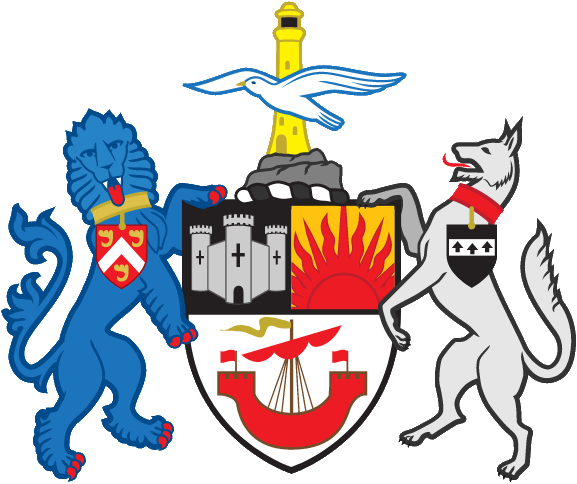
Weston-super-Mare
Mon 29
6ºC
Tue 30
3ºC
Wed 31
7ºC
Thu 1
6ºC
Fri 2
5ºC
Course Status
Hole 17A is in play for the winter. Do not use the 14th.Compulsory use of mats on fairways.Preferred lies on fairways but only when using a putter. Updated: 28th Dec 2025

Telephone 01934 626968
Welcome to Weston-super-Mare

Created by intelligentgolf version 10.1.2.

Weston-super-Mare
Golf Club
Telephone: 01934 626968
Email: secretary@westonsupermaregolfclub.com
Uphill Road North, Weston-super-Mare, Somerset, BS23 4NQ
